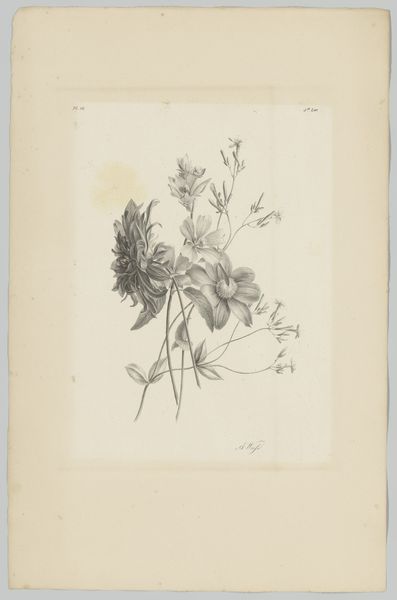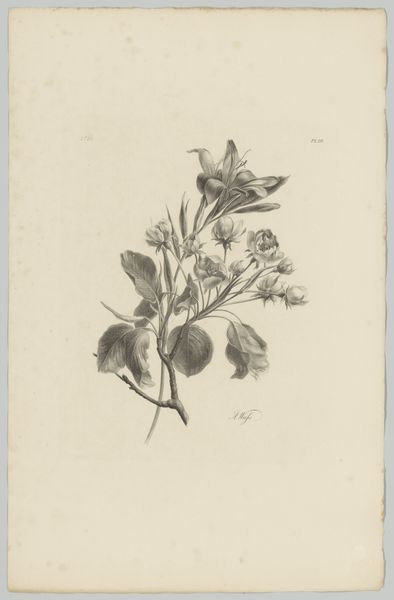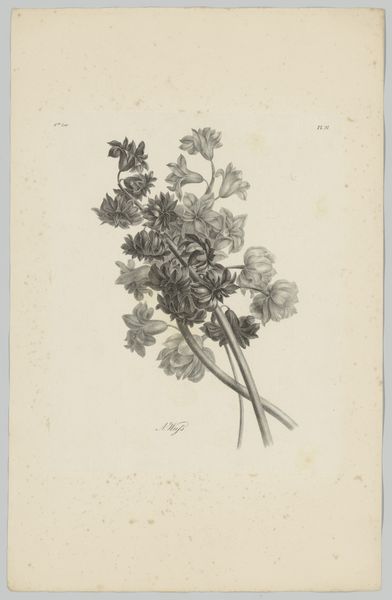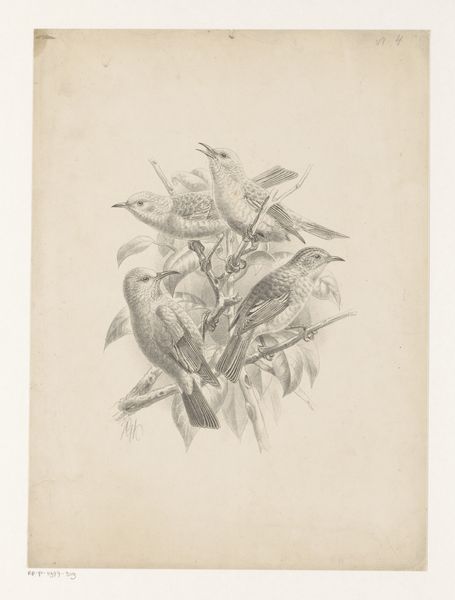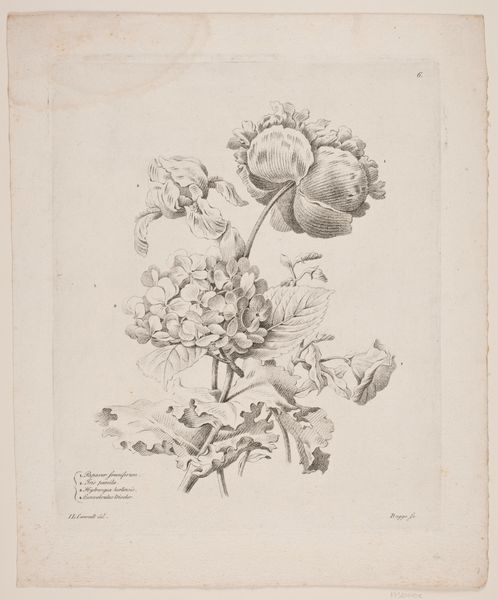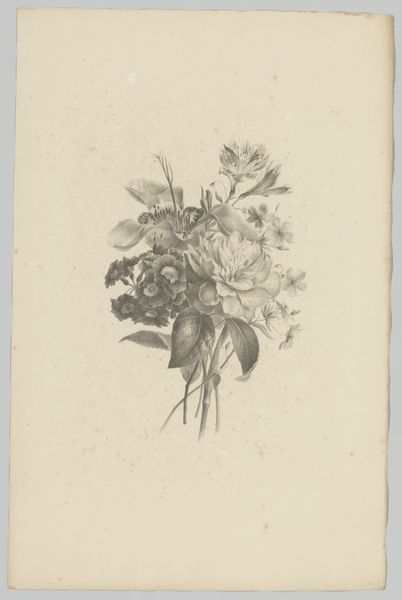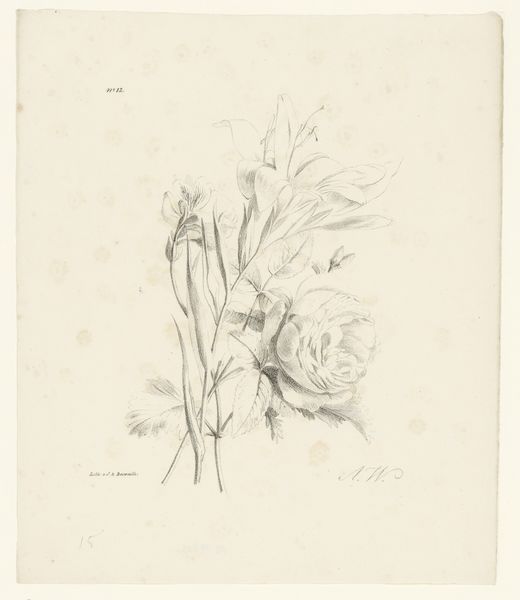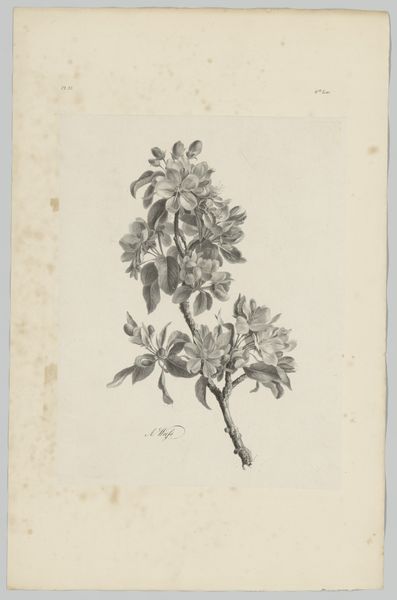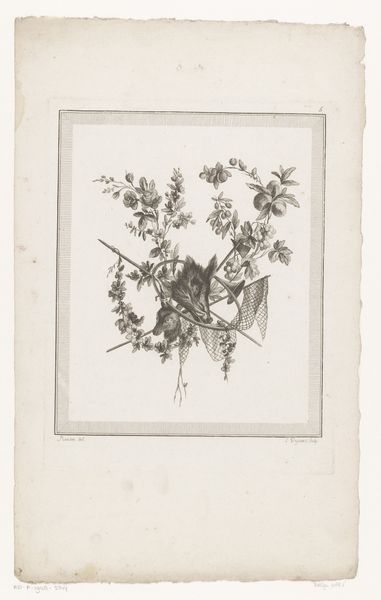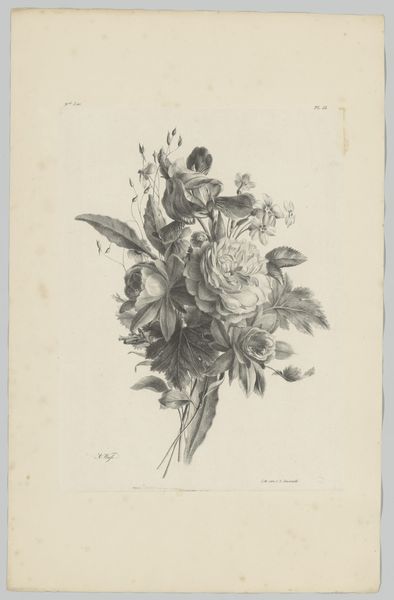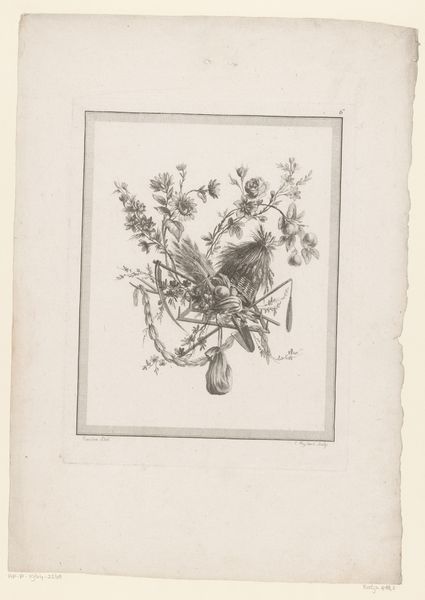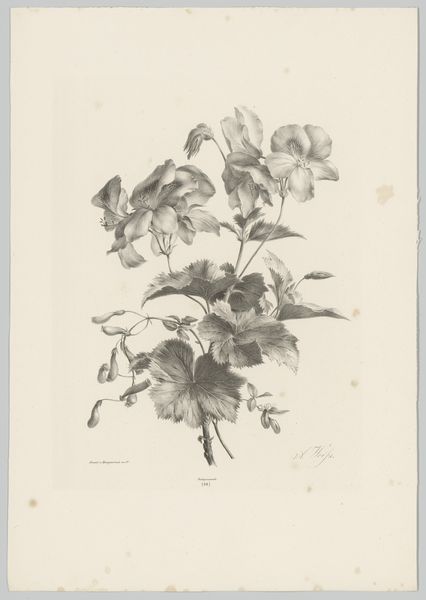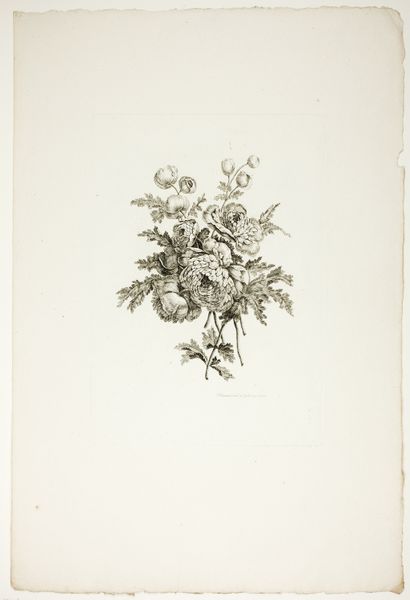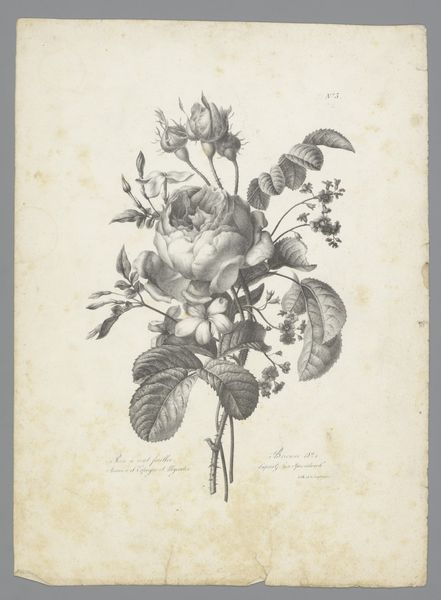
drawing, paper, pencil
#
drawing
#
flower
#
paper
#
coloured pencil
#
romanticism
#
pencil
#
botanical art
Dimensions: height 479 mm, width 309 mm
Copyright: Rijks Museum: Open Domain
Editor: This drawing, "Diverse Bloemen," was created between 1820 and 1833 and is held at the Rijksmuseum. It's pencil and coloured pencil on paper. It feels very delicate, almost like a pressed flower in a book. What do you see in this piece beyond just a pretty picture? Curator: It's easy to see it as *just* a pretty picture, but I'm interested in the context in which these botanical studies were made. In the 19th century, botany wasn't just science; it was tied to colonial exploration, the classification of the natural world, and, problematically, the objectification of both nature and the people connected to it. What was Weiss's relationship to these movements? Editor: So you're saying that even something as seemingly innocent as a flower drawing can be linked to power structures and colonialism? Curator: Exactly. Think about who had access to art education, who could afford the materials, and whose perspective was being represented. Who decided what was “diverse” enough to be included, and what narratives were suppressed? What is the artist’s gender, their socio-economic status? Those things shaped the art. Editor: I see what you mean. It's not just about the skill of rendering the flowers, but the underlying framework. It's not something you initially think about when you first look at a botanical drawing. Curator: Precisely. These drawings aren't neutral; they're embedded within complex social and historical systems. Understanding that allows us to engage with the art on a deeper, more critical level. How does recognizing this history change your viewing experience now? Editor: I think I'll definitely approach botanical art differently from now on, with more awareness. Thanks for pointing that out.
Comments
No comments
Be the first to comment and join the conversation on the ultimate creative platform.
